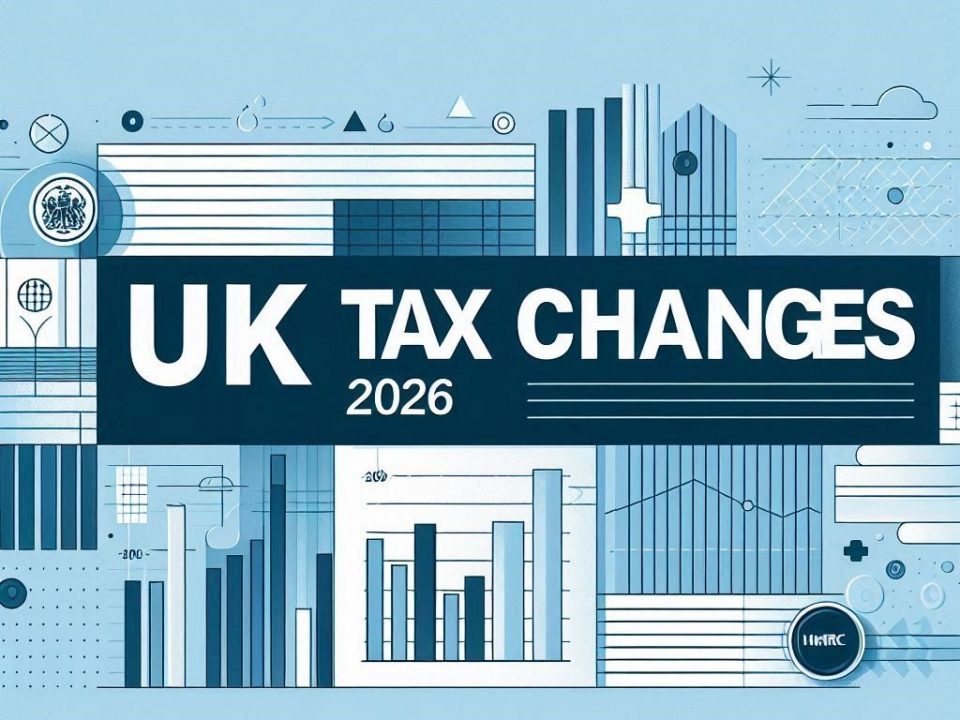How to Calculate Capital Gains Tax (CGT) in the UK
October 7, 2025Costs of Transferring Personally Owned Property into a Limited Company (UK Guide)
October 13, 2025Filing a Self Assessment tax return doesn’t need to be stressful. With the right preparation, you can register with HMRC, gather your documents, and submit your return accurately — avoiding penalties and last-minute panic.
Who Needs to File a Self Assessment Tax Return?
You must file if you:
- Earn more than £1,000 from self-employment
- Receive rental income above £1,000
- Earn over £2,500 in tips or commission
- Owe Capital Gains Tax
- Dividends above £500
- Claim Child Benefit with household income over £60,000
- Earn income from overseas or have UK income while living abroad
- Have taxable income over £150,000
👉 Full criteria are on HMRC’s website.
Deadlines for Self Assessment Tax Returns
Key dates to remember:
- 5 October – register with HMRC if it’s your first time
- 31 October – paper tax return deadline
- 31 January (following year) – online filing & payment deadline
Missing deadlines can lead to penalties and interest charges, so plan ahead.
Registering for Self Assessment
If it’s your first time:
- Set up a Government Gateway account.
- You’ll receive a Unique Taxpayer Reference (UTR) by post (10 days).
- Keep your login details safe for future use.
If you’ve lost your UTR, call HMRC’s Self Assessment helpline to retrieve it.
Documents and Information You’ll Need
To complete your return, you’ll need:
- UTR number
- Government Gateway ID & password
- National Insurance number
- Records of all income (business, rental, investments, dividends, pensions)
- Expense records and receipts
- P60/P11D forms from employers
- Details of pension or charity contributions eligible for tax relief
What Income to Declare
Your return covers the tax year (6 April – 5 April). Include:
- All self-employed and employment income
- Interest on savings over £1,000
- Dividends above £500
- Property income
- Capital gains on assets like second properties
- Any other taxable income
If your self-employed turnover is under £90,000, you can use the short form (SA103S).
Relevant Tax Return Forms
Depending on your situation, you may need:
- SA102 – employment income
- SA103 – self-employed income
- SA105 – property income
- SA108 – capital gains
Starting early helps avoid mistakes. You can save progress and amend errors until the next filing deadline.
Final Thoughts
Filing a UK Self Assessment tax return is straightforward when you know what’s required. Register early, keep accurate records, and understand the deadlines to avoid fines. Whether you’re a sole trader, landlord, freelancer, or company director, staying compliant helps keep your finances on track.



